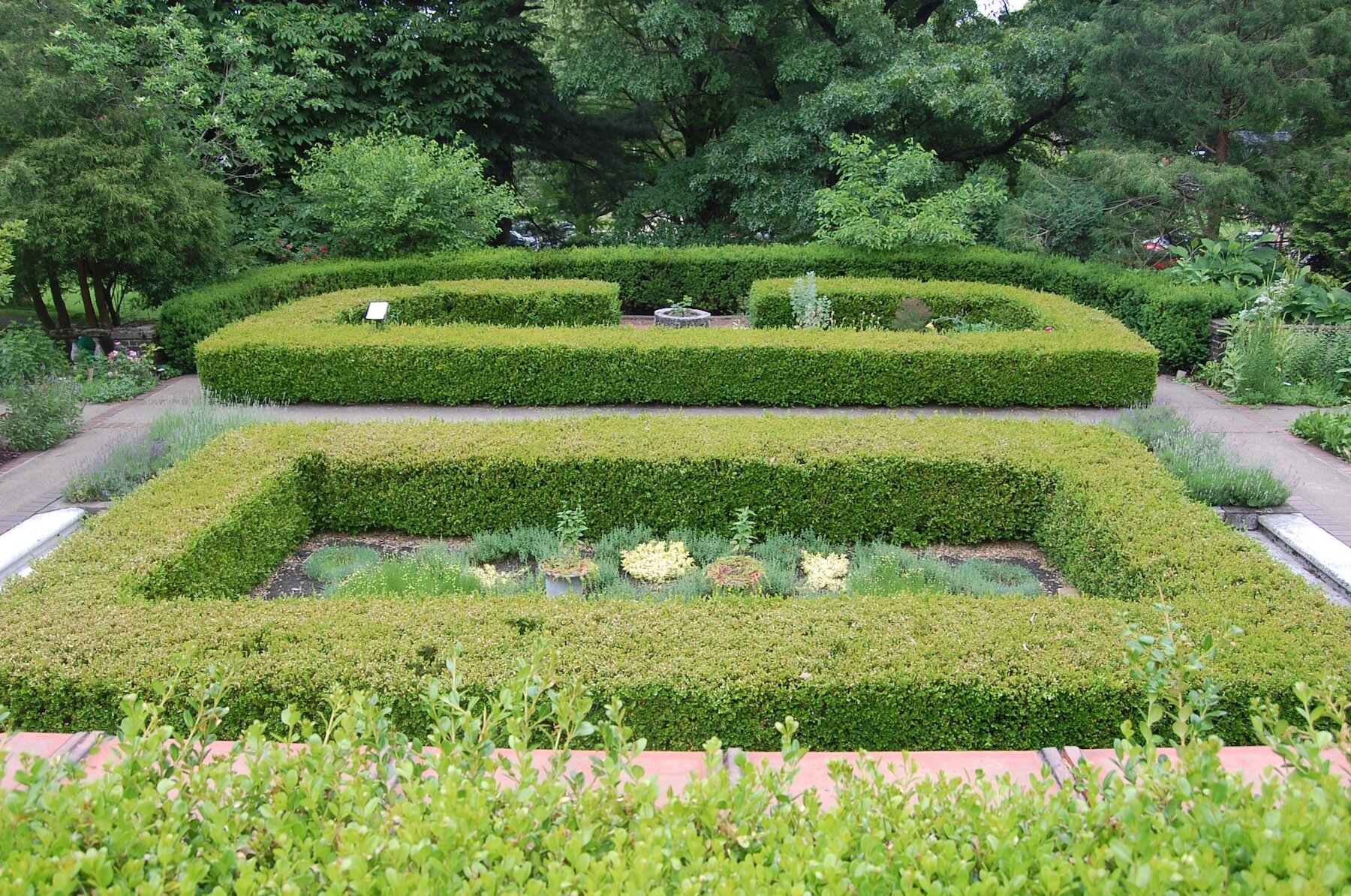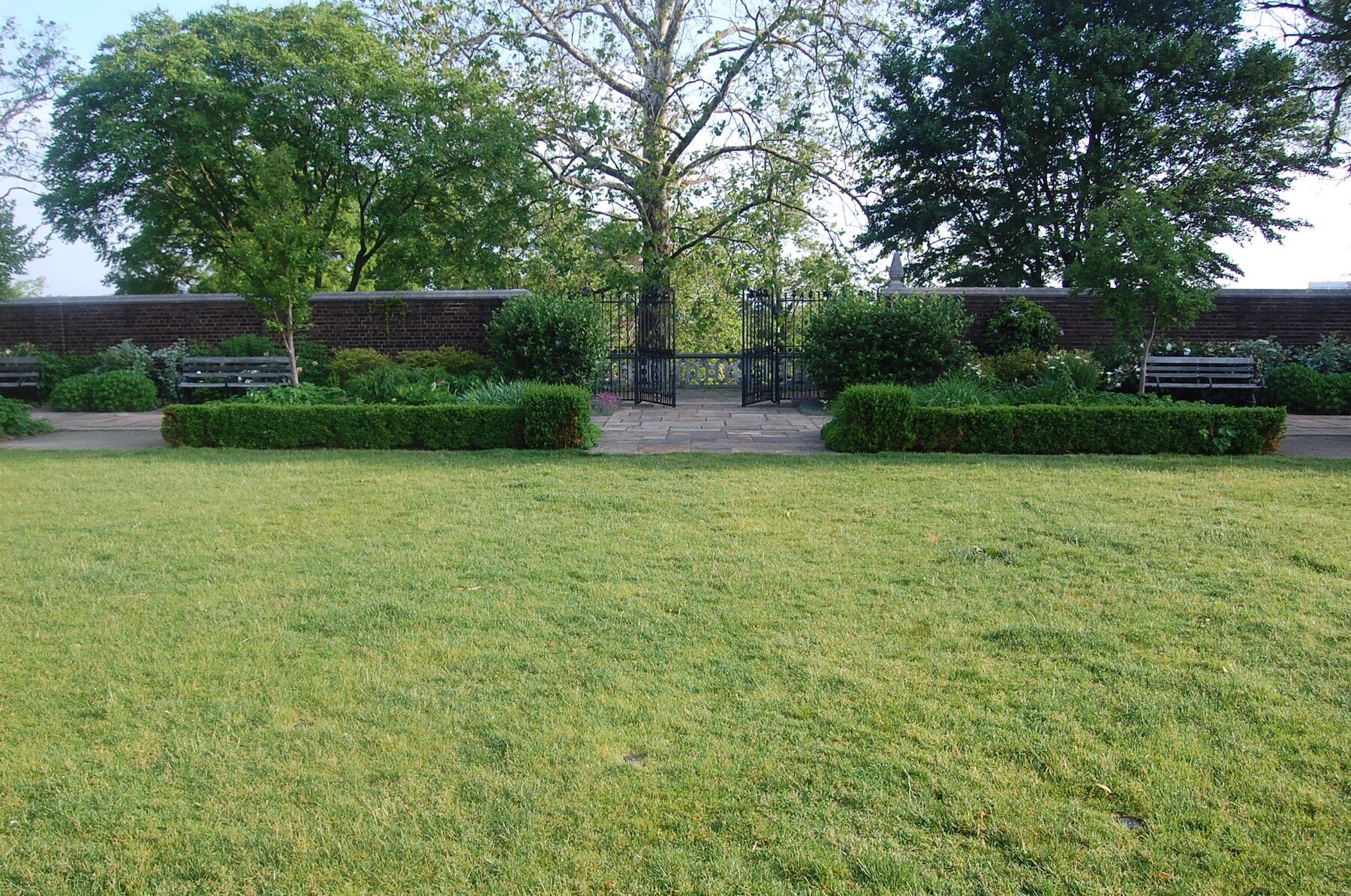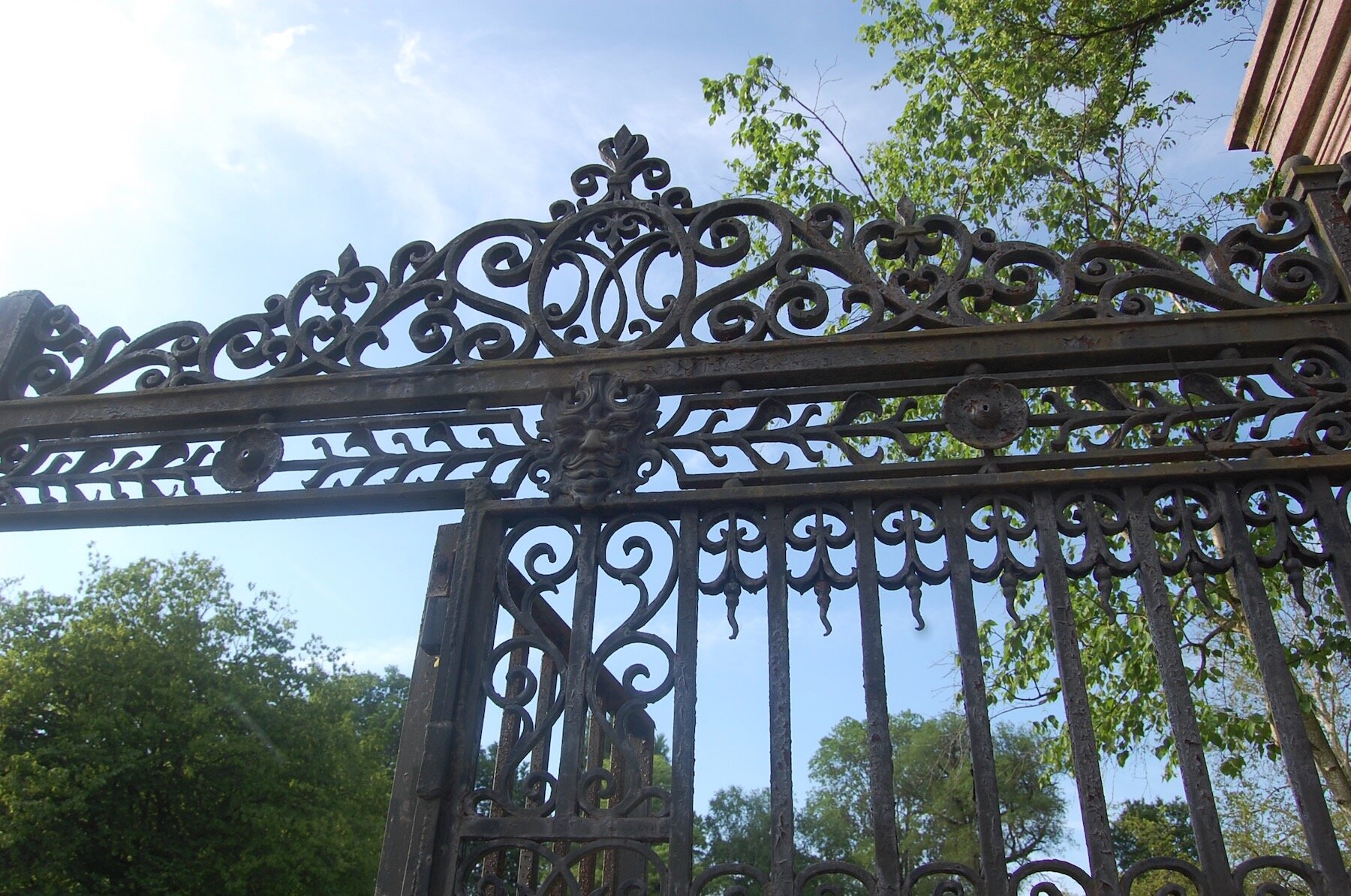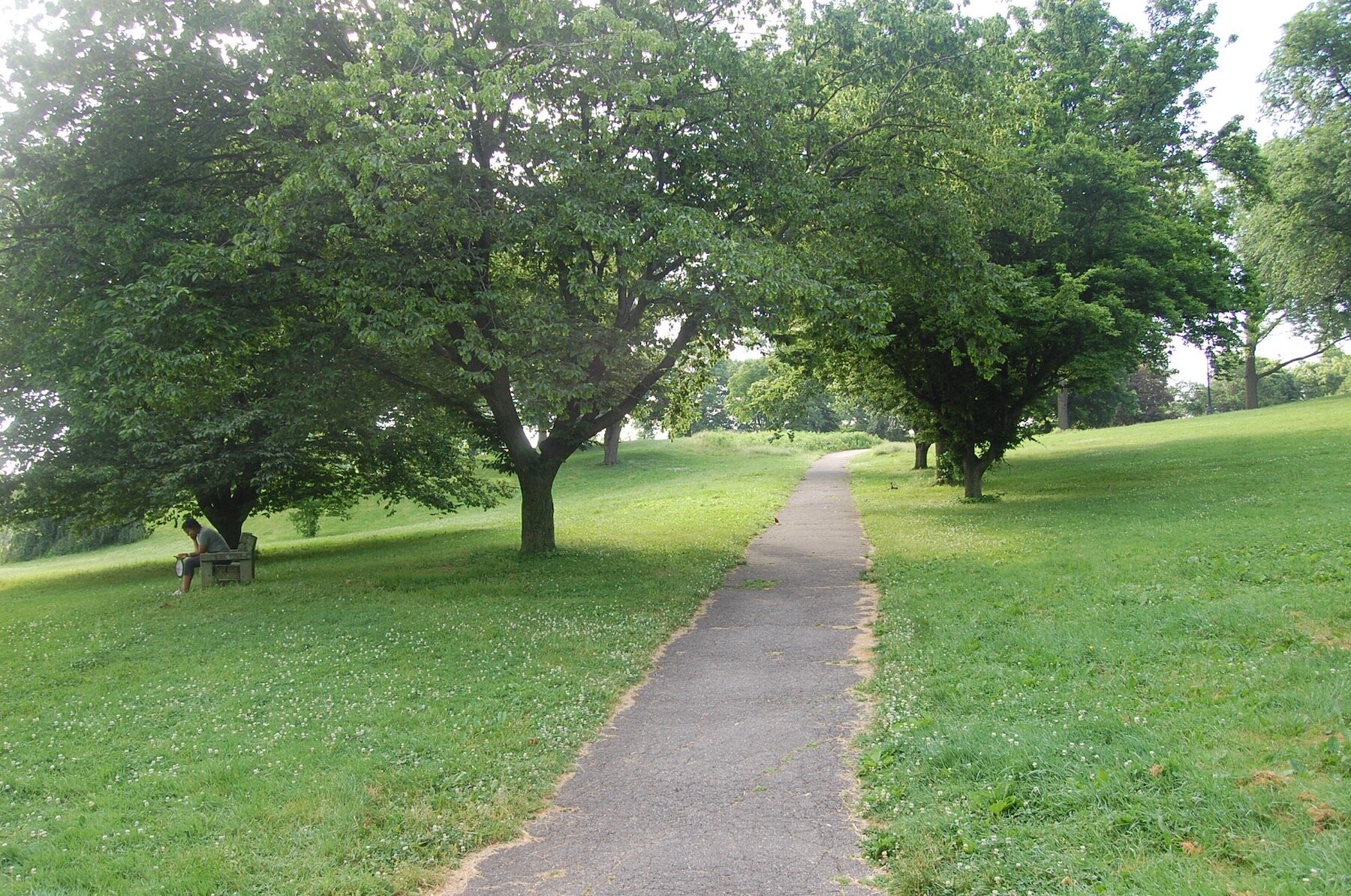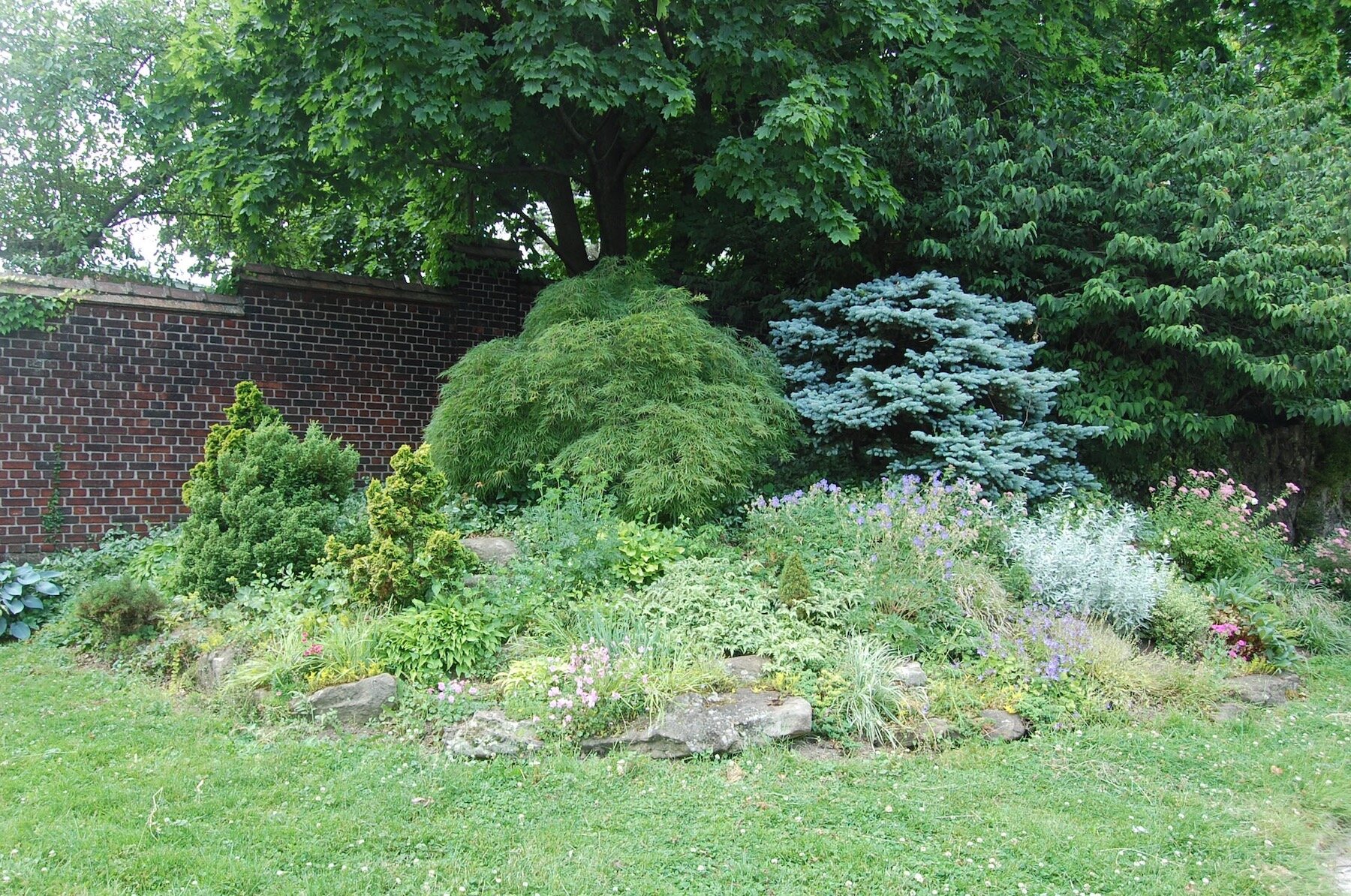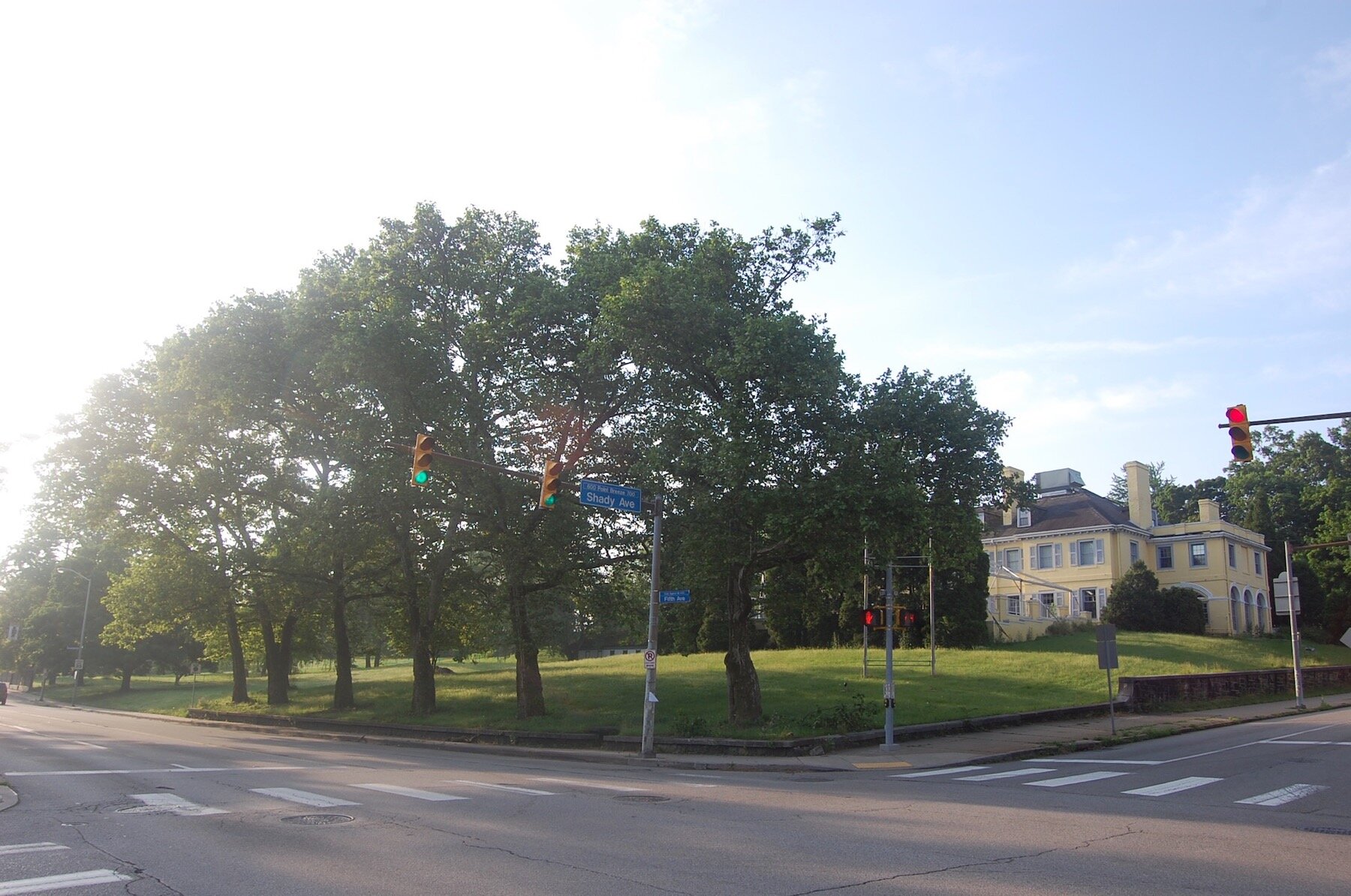Mellon Park began as the 11 acres was the estate of Richard Beatty Mellon and his wife, Jennie King Mellon. After the Mellons died in the 1930s, their 65-room mansion was demolished, and their children Richard King Mellon and Sarah Mellon Scaife donated the landscaped grounds to the city for a park in 1943. Additional donations and land acquisitions by the city increased Mellon Park’s size to 33 acres by 1950. Landscapes and gardens designed for the Mellons in the 1910s, ‘20s, and ‘30s by Alden & Harlow, Vitale and Geiffert, and Olmsted Brothers are examples of the best private landscape design money could buy in those years.
Subsequent landscape work commissioned to adapt the Mellon estate and adjacent properties for use as a public park displays the work of notable landscape architects of the mid-20th century, including Ralph Griswold, Gilmore D. Clarke, and Simonds and Simonds, and shows sensitivity to the original landscape’s historic character.
Mellon Park is an excellent example of Landscape Architecture (National Register under Criterion C). Its period of significance is 1910-1952 (from the year that the Mellon estate was built to the design of Alden and Harlow and ends in the year that the various private estates comprising Mellon Park were unified by the City (working from a plan by Simonds and Simonds) as a single public landscape). Features of Mellon Park from 1910-1931 exemplify the best private landscape design from that period that money could buy. In the 1940s and 50s, a new generation of landscape architects worked with Pittsburgh Parks officials to adapt this and adjacent private estates, once enjoyed by a wealthy few, to a public park accessible to all.








